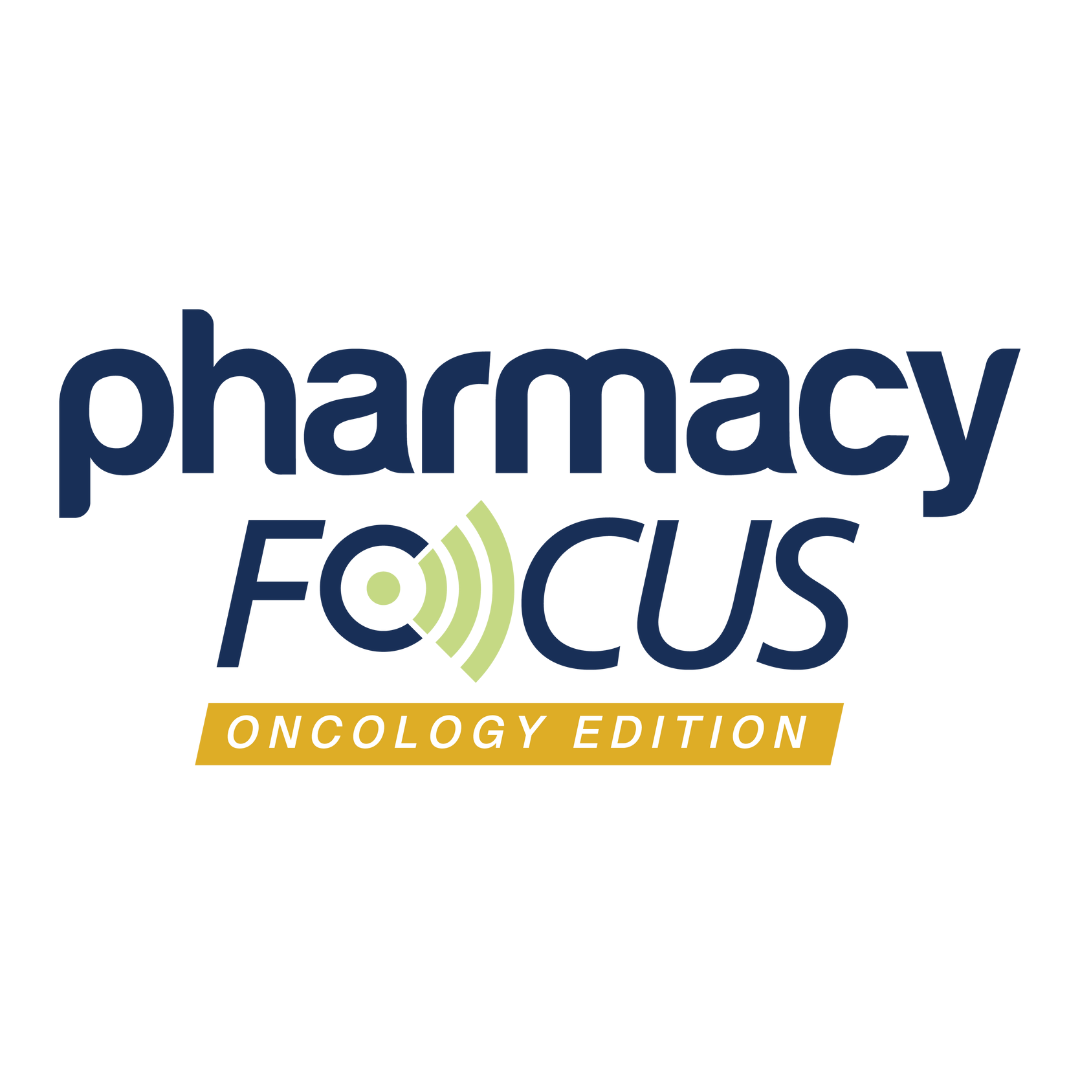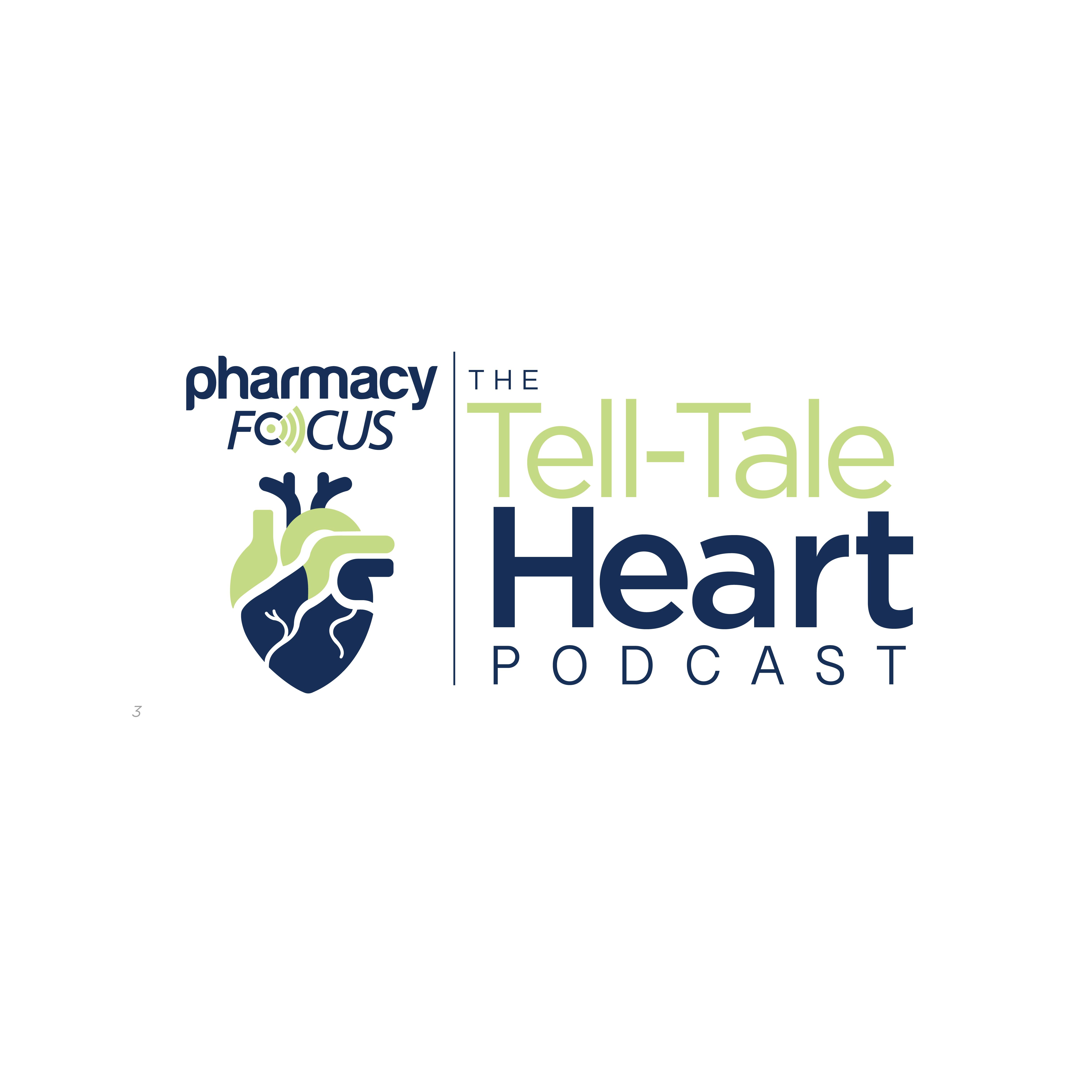News
Article
Study Reveals Alarming Gaps in HER2 Therapy Access for Patients With Breast Cancer
Author(s):
Key Takeaways
- HER2-targeting therapies significantly improve survival in HR−/HER2+ breast cancer, yet only 75% of eligible patients receive them.
- Utilization of HER2 therapies is positively associated with private insurance, academic facility treatment, and recent diagnosis years.
The data revealed that only 75% of patients receive HER2-targeting therapies.
Despite increasing use of HER2-targeting breast cancer therapies, uptake of these agents persists, according to findings from a retrospective cohort study. The authors reported that only about 75% of all hormone receptor-negative (HR–)/HER2-positive (HER2+) cases received HER2-targeting therapies.
Group of women holding breast cancer ribbon | Image Credit: © Rawpixel.com - stock.adobe.com

“The fact remains: at a 76% utilization rate, 1 in 4 women with this diagnosis did not receive a proven, guideline-recommended therapy,” Ahmed Elkhanany, MD, of the Dan L. Duncan Comprehensive Cancer Center at the Baylor College of Medicine in Houston, told Oncology News Central. “This is deeply concerning, since for a treatment that so drastically improves survival from 1 to 5 years, the goal should be near-universal uptake for all eligible patients.”1
HER2-mutated breast cancer is the most common breast cancer subtype, accounting for nearly 70% of all cases. Novel therapies have revolutionized outcomes for patients, allowing for more selective targeting of cancer cells. However, barriers to HER2 therapies persist despite their significant impact on the breast cancer treatment landscape. Few studies explicitly examine the factors impacting the utilization of HER2-targeted medicines in patients with metastatic HR−/HER2+ breast cancer, despite the growing body of research on treatment inequalities in metastatic breast cancer.2,3
In response, researchers led by Lustberg set out to determine the clinical, sociodemographic, and facility-related factors that influence the use of HER2-targeted therapies in patients with metastatic HR−/HER2+ breast cancer (n = 3060). Using data from the National Cancer Database, they performed a retrospective analysis on patients diagnosed with metastatic HR–/HER2+ breast cancer between January 2013 and December 2020. The patients were assigned to 1 of 2 groups: those who received HER2-targeting therapies and those who did not.3
Among the patients, approximately 75.8% received HER2-targeted therapy and the use of HER2 therapies was associated with improved survival (median: 5.08 vs 1.27 years, log-rank P < .001) and lower mortality risk (HR 0.52, P < .001). HER2 therapy utilization was positively correlated with factors such as private insurance (OR 1.76, P < .001), treatment at academic facilities (OR 1.39, P = .031), and diagnosis between 2016 and 2018 (OR 1.93, P < .001) as well as 2019 and 2020 (1.88, P < .001).3
The utilization of HER2 therapies increased from 64.6% in 2013 to 80.9% in 2016, representing a period of rapid uptake—and usage was consistently high from 2016 to 2018. Following 2019 to 2020, use of these agents saw a slight decline and stabilization around 75%. Treatment in rural facilities (OR 0.59, P = .022), Black race (OR 0.78, P = .018), Medicare insurance (OR 0.64, P < .001), and age (OR 0.52, P < .001) were associated with lower odds of therapeutic utilization.3
“In conclusion, while the use of HER2-targeted therapies in metastatic HR−/HER2+ breast cancer has significantly increased over the past decade, our study highlights critical disparities in access to this promising treatment,” the authors concluded. “Clinical, sociodemographic, and facility-related factors all play substantial roles in determining which patients benefit from HER2-targeted therapies. These inequities suggest a need for more targeted policies and interventions aimed at reducing barriers to treatment, particularly for underserved populations.”3
REFERENCES
1. Lawrence L. “Deeply concerning” data show many breast cancer patients not getting key therapies. Oncology News Central. June 30, 2025. Accessed July 1, 2025. https://www.oncologynewscentral.com/breast-cancer/deeply-concerning-data-show-many-breast-cancer-patients-not-getting-key-therapies
2. Cancer stat facts: female breast cancer subtypes. National Cancer Institute: Surveillance, Epidemiology, and End Results Program. Accessed July 1, 2025. https://seer.cancer.gov/statfacts/html/breast-subtypes.html
3. Ajjawi I, Rios A, Wei W, Park TS, Lustberg MB. Clinical, Sociodemographic, and Facility-Related Factors Influencing HER2-Targeted Therapy in Metastatic Hormone Receptor-Negative, HER2-Positive Breast Cancer. Cancers. May 6, 2025. Doi:10.3390/cancers17091579
Newsletter
Stay informed on drug updates, treatment guidelines, and pharmacy practice trends—subscribe to Pharmacy Times for weekly clinical insights.






